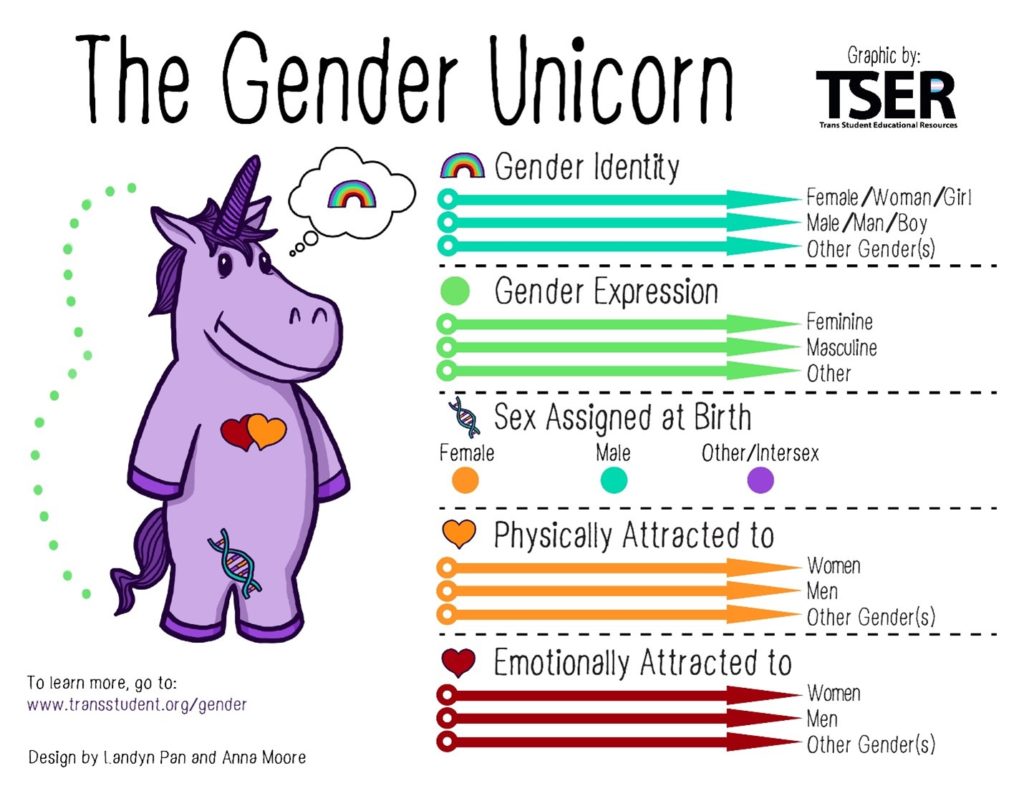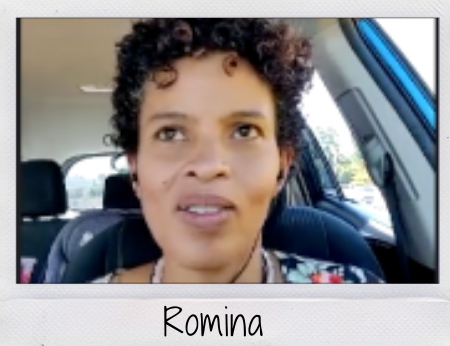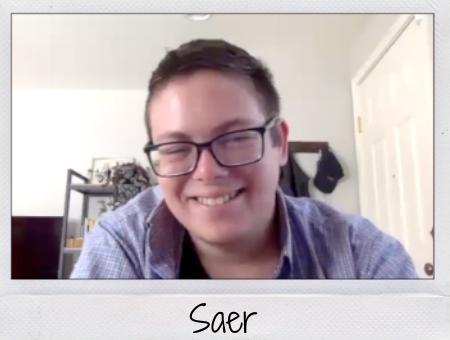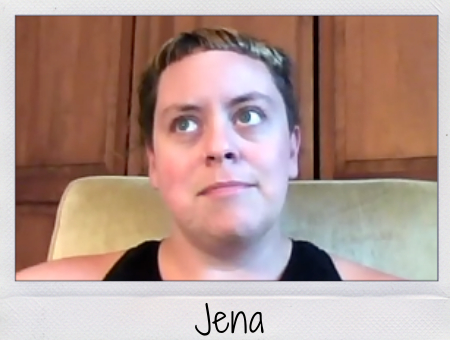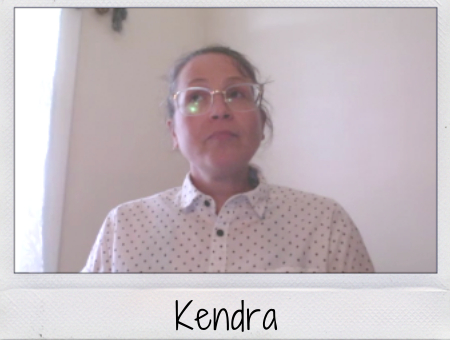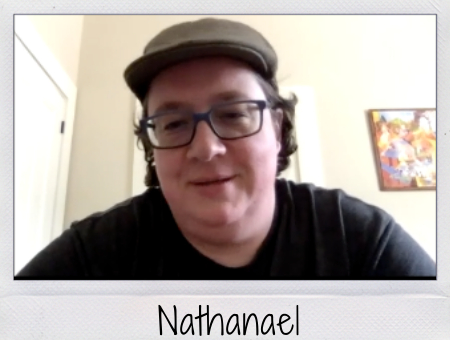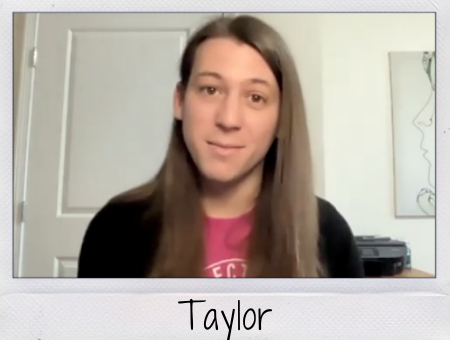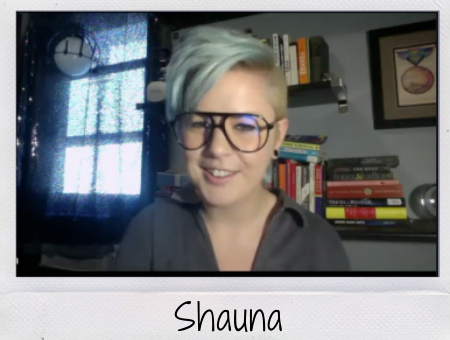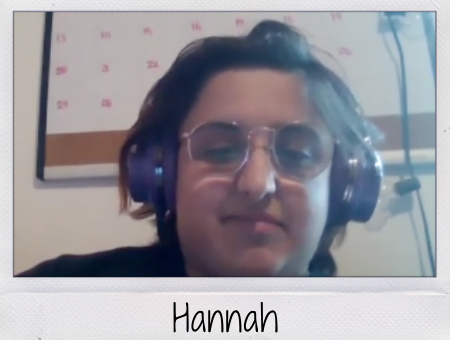Community Connections: The LGBTQ Perspectives Project Docuseries
Community Connections: The LGBTQ Perspectives Project is a mini-docuseries co-produced by the Mt. Ascutney Prevention Partnership and the Green Peak Alliance. We teamed up with Vermont filmmaker Clare Swanson and subject matter expert Davey Shlasko of Think Again Training and Consulting to create this four-part series. Clare and Davey interviewed 12 amazing individuals and Clare created four short documentary episodes, drawing from themes across the interviews. Thanks to all the interviewees who shared their perspectives with us, making this project possible.
Community Access Television in Hartford, VT supported this project with creation of the A Closer Look segments for each episode and distribution of the docuseries, helping it reach a larger audience.
Docuseries Episodes
Episode 1. An Introduction
Closer Look: Episode 1
Episode 2. Community & Belonging
Closer Look: Episode 2
Episode 3. Seeing Ourselves in Media
Closer Look: Episode 3
Episode 4. Intersectionality
For this installment, we suggest viewing the A Closer Look segment before watching Episode 4.
Closer Look: Episode 4
Full Interviews
To watch the full interviews with each contributor, click on their image below to watch on Green Peak Alliance’s YouTube channel.
Fabio
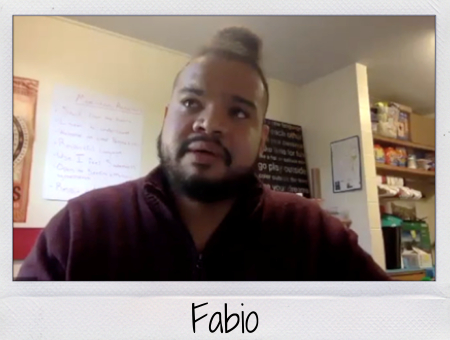
Media Recommendations
- Pose (TV-MA). “This was my first time seeing queer brown stories. Queer narratives are usually portrayed in the white experience, but this show brought more visualization to the queer/trans brown experience.”
Romina
Media Recommendations
- The Baby-Sitters Club (TV-PG). “Discusses gender, sexuality, and young people learning about friendships using LGBTQ characters.”
Saer
Media Recommendations
- Pose (TV-MA). “Portrays experiences of figuring out identity.”
- Tamora Pierce (Author). “She includes trans and gay characters in her books. Characters discuss being born into the wrong body and explaining transgender experience.”
Tiffany
Media Recommendations
- Pose (TV-MA).
- Tik Tok. “People of queer identity representing themselves in the best way.”
- Poetry Slams. “An effective way to circulate work surrounding queer and trans issues and is a more accessible form of information for some groups.”
Jena
Media Recommendations
- Steven Universe (TV-PG).
- The Stars and the Blackness Between Them by Junauda Petrus. “My favorite young adult novel about queer and trans youth, and black and brown youth.”
- Juliet Takes a Breath by Gabby Rivera.
- Felix Ever After by Kacen Callender.
Jay

Media Recommendations
- Disclosure: Trans Lives on Screen (TV-MA). “I encourage cis-gender heterosexual people, cis-gender queer people and trans people who don’t know about trans representation in media to watch this film. [It] can be hard to watch but goes through what media representation has looked like and increases familiarity with cis-queer narratives.”
- She-Ra and the Princesses of Power (TV-Y7-FV).
- Steven Universe (TV-PG).
- Pose (TV-MA).
- Flamingo Rampant by S. Bear Bergman and j wallace skelton (Children’s Authors).
Kendra
Media Recommendations
- The Umbrella Academy (TV-14). “Some queer and trans representation but they do not get to show many joyous experiences.”
- Zoey’s Extraordinary Playlist (TV-14). “Queer and trans people portrayed as joyous.”
- Pose (TV-MA). “Huge cast of queer and trans characters that were just living their life; sometimes they are joyous and sometimes they are not.”
- And Tango Makes Three by Justin Richardson and Peter Parnell (Children’s Authors).
- The Broken Earth Trilogy by N. K. Jemisin (Young Adult Author). “Contained queer and trans characters but the book was not centered around that aspect.”
Alice
Media Recommendations
- Modern Family (TV-PG).
- Queer Eye (TV-14).
- Pose (TV-MA).
- The Rachel Maddow Show on MSNBC.
- Raina Telemeter (Children’s Author)
- I Am Jazz by Jessica Herthel (Children’s Author). “This was helpful for us when our first grader was coming out.”
- Meet Polkadot by Talcott Broadhead (Children’s Author). “This book was helpful to my child and their peers while coming out.”
- Who Are You: The Kids’ Guide to Gender Identity by Brook Pessin-Whedbee (Children’s Author).
Nathanael
Media Recommendations
- Gender Justice in Early Childhood’s Resources.
- When Aiden Became a Brother by Kyle Lukoff (Children’s Author).
- Julian Is a Mermaid by Jessica Love (Children’s Author).
- They, She, He easy as ABC by Matthew SG and Maya Gonzalez (Children’s Authors).
- They She He Me: Free to Be! by Matthew SG and Maya Gonzalez (Children’s Authors).
- Jamie Is Jamie by Afsaneh Moradian (Children’s Author).
- I’m Jay, Let’s Play by Beth Reichmuth and Nomy Lamm (Children’s Authors).
- One of a Kind Like Me by Laurin Mayeno (Children’s Author).
Taylor
Media Recommendations
- Tik Tok and the Internet. “A safe space to be celebrated as being queer.”
- Schitt’s Creek (TV-14). “Has queer and trans representation but approaches it in an innovative way.”
- Sense8 (TV-MA). “Queer and trans representation.”
- Big Mouth (TV-MA). “Discusses puberty and how awkward that can be. The show has a gay and trans character that are portrayed in situations that real gay and trans kids go through.”
- Red: A Crayon’s Story by Michael Hall (Children’s Author). “Shows a blue crayon in a red wrapper going through the trials and tribulation about what color they are because their wrapper wasn’t a true representation of what they felt.”
- Introducing Teddy by Jess Walton. “About a bear that doesn’t like wearing the bow around their neck and wants to wear it on their head instead.”
- Julian Is a Mermaid by Jessica Love (Children’s Author). “A picture book that goes across cultures and understanding that queer identities aren’t western-centric.”
- Simon Versus the Homo Sapiens Agenda by Becky Albertalli (Young Adult Author).
Shauna
Media Recommendations
- The Umbrella Academy (TV-14). “Has queer characters, fun story arc, and misfit superheroes.”
- The Half of It (PG-13). “A Chinese American lead, not typical story arc.”
- Booksmart (R).
Media Recommendations, cont.
- This One Summer by Mariko and Jillian Tamaki (Graphic Novelists). “Asian protagonist.”
- Paper Girls by Brian K. Vaughan and Cliff Chiang (Comic Book Artists). “Mystery and science fiction … meant for teens.”
- Between You & Me by Susan Wiggs (Author).
- Gender Queer by Maia Kobabe (Graphic Memoir Author).
- Fun Home: A Family Tragicomic by Alison Bechdel (Graphic Memoir Author). “Dense, for older teens.”
- Girl Sex 101 by Allison Moon (Nonfiction Author). “The type of sex education that everyone should have gotten.”
- Drawn To Sex: The Basics Vol. 1 by Erika Moen and Matthew Nolan (Comic Book Artists). “Contains sex education, is queer friendly and helpful for teens.”
Hannah
Media Recommendations
- The Legend of Korra (TV-Y7-FV).
- Steven Universe (TV-PG).
- Love, Victor (TV-14). “There is really incredible Latinx representation and its more realistic without being excessively tragic.”
- Sex Education (TV-MA). “Addresses queer, asexual and pansexual identities and struggles.”
- Love Simon (PG-13).
- Moonlight (R). “Portrays a queer black story.”
- The Birdcage (R). “A comedy about gay man owning a queer club where drag queens perform.”
- And Tango Makes Three by Justin Richardson and Peter Parnell (Children’s Authors). “Two male penguins hatching an egg together in the Central Park Zoo.”
Media Recommendations, cont.
- Julian Is a Mermaid by Jessica Love (Children’s Author). “Great Latinx representation, gender presentation and fluidity of gender identity.”
- Heather Has Two Mommies by Leslea Newman (Children’s Author). “Talks about LGBTQ families.”
- Pride: The Story of Harvey Milk and the Rainbow Flag by Rob Sanders (Children’s Author). “Great for the 5 to 8 age range.”
- Ivy Aberdeen’s Letter to the World by Ashley Herring Blake (Young Adult Author).
- Annie on My Mind by Nancy Garden (Young Adult Author). “Helpful for upper elementary or lower middle school aged children.”
- The Misadventures of the Family Fletcher by Dana Alison Levy (Middle Reader Author). “A little bit dark and tragic.”
- Drama by Raini Telgemeier (Middle Reader Graphic Novel Author). “A graphic novel about a young girl questioning her sexuality.”
- The Miseducation of Cameron Post by Emily M. Danforth (Young Adult Author).
- Percy Jackson and the Olympians Series by Rick Riordan (Young Readers Author). “That series was really important to my friend group when we were up and coming queer middle school kids.”
- Simon Versus the Homo Sapiens Agenda by Becky Albertalli (Young Adult Author).
- Dreadnought by April Daniels (Young Adult Author).
Resources
Media Recommendations
Explore the television shows, films, and books for children, youth, young adults, and adults that the interviewees recommended. The compilation of recommendations is categorized by media type and target age group.
Glossary
These definitions were adapted from our interview with Davey Shlasko, Think Again Training and Consulting, unless otherwise cited.
Transgender/Trans: A person whose gender identity now is different than the gender they were assigned at birth. For example, if someone is born and the doctor says “it’s a boy” and that kid grows up and says “I’m a girl,” that person would probably identify as a trans girl.
Cisgender: A person whose gender identity now is the same as the gender they were assigned at birth.
Non-binary: Refers to genders outside of the two category system of man and woman. Anyone whose gender identity is not simply man or woman might describe themselves or their gender as non-binary. There is not one single way to be non-binary; it refers to any gender outside of the man-woman binary.
Genderfluid: A person whose gender identity is not fixed from day to day. A person who some days feels more like a man, some days feels more like a woman, some days feels more non-binary, and some days feels more a different kind of non-binary might identify as genderfluid. Not all non-binary people are genderfluid, many non-binary people have a very fixed gender identity.
Queer: A reclaimed term used by many members of the LGBTQ+ community to describe themselves. Queer has historically been used as an insult for people who are not straight and cisgender, but many have reclaimed it as a positive term for their own identity and community.
Intersectionality: A term coined by Professor Kimberlé Crenshaw, who defined it in a Time Magazine interview as “a lens, a prism for seeing the way in which various forms of inequality often operate together and exacerbate each other.” To read this interview, visit: https://time.com/5786710/kimberle-crenshaw-intersectionality/
Neurodiversity: Neurodiversity refers to the diversity of human minds, and the various ways in which our brains differ from one another in terms of structures and processes
Neurodivergent: neurodivergent refers to brains that work differently from the societal standard of the “normal” brain. Conditions that make someone neurodivergent include autism, ADHD, and dyslexia, among many others. Non-innate events such as brain injuries can also make someone neurodivergent. To learn more about neurodiversity, neurodivergence, and related terms, visit: https://neurocosmopolitanism.com/neurodiversity-some-basic-terms-definitions/
Acronyms
LGBTQ+: Stands for Lesbian, Gay, Bisexual, Transgender, and Queer/Questioning. The + is added to include all other sexuality/gender terms that are outside the straight, cisgender norm.
QTPOC: Stands for Queer and Trans People of Color
The Gender Unicorn
